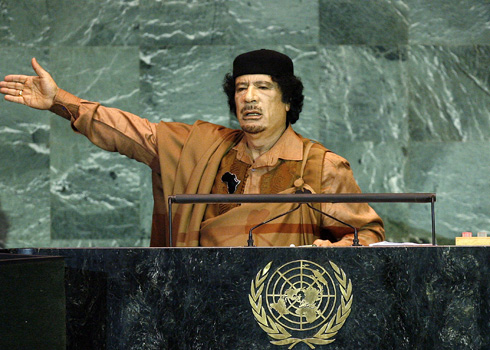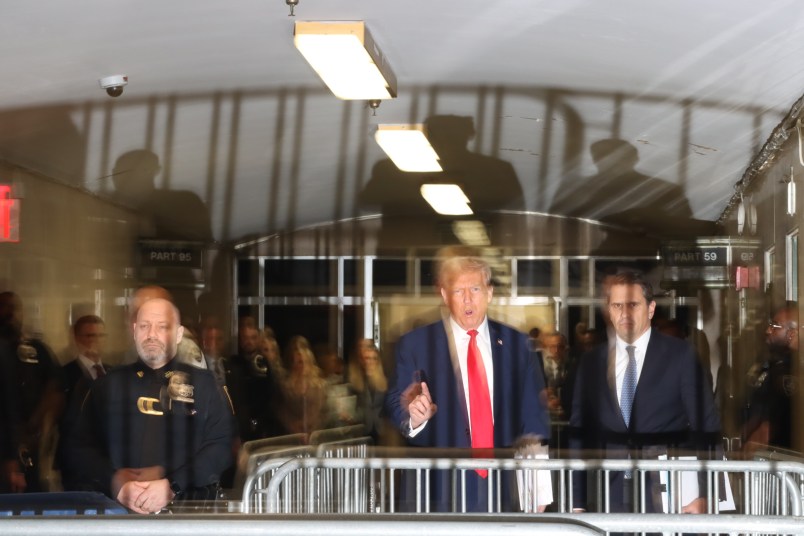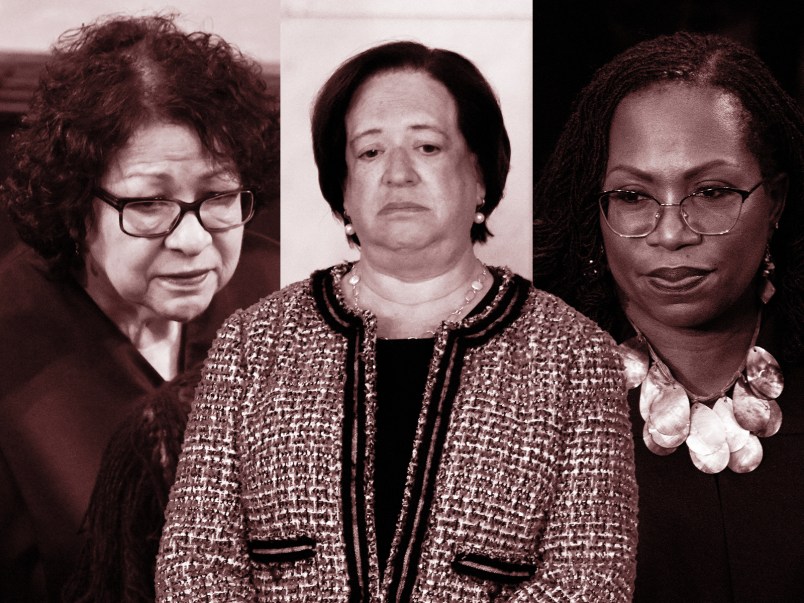by Marian Wang, ProPublica
As we’ve noted, the United States last month imposed unilateral sanctions on Libya, including a suspension of “all existing licenses and other approvals for the export of defense articles and services to Libya.” The State Department had described the U.S. defense trade with Libya as “very limited.”
Still, The Associated Press reported yesterday that in the months before Libyan dictator Muammar Qaddafi began a brutal crackdown on anti-government protesters, the State Department had approved a $77 million deal to provide armored troop carriers that were highly sought after by the Qaddafi regime:
The Gadhafi regime’s desire to upgrade its troop carriers was so intense that a Libyan official told U.S. diplomats in Tripoli in 2009 that the dictator’s sons, Khamis and Saif, both were demanding swift action. Khamis, a commander whose army brigade reportedly attacked the opposition-held town of Zawiya with armored units and pickup trucks, expressed a “personal interest” in modernizing the armored transports, according to a December 2009 diplomatic message disclosed by WikiLeaks, the whistleblower website.
The administration’s own interest in the deal amounted to a first cautious step toward allowing a major arms purchase by Gadhafi’s regime even as U.S. officials waved off other Libyan approaches for weapons systems and military aid.
The deal was stalled due to concerns from lawmakers, according to the AP. The State Department told the AP that the proposed export license had been suspended as part of sanctions against Libya.
Had it gone through, the deal would have provided armored vehicles to transport Libyan soldiers. Though the U.S. has said it will not sell lethal U.S. arms to Libya, the armored vehicles were considered non-lethal.
Reuters reported in 2009 that U.S. began considering such deals with Libya [5] after the countries signed a “non-binding statement of intent” to develop bilateral military ties. At the time, a Defense Department spokeswoman described the “initial contacts” between the Libyan and U.S. militaries as “very positive.” (We’ve detailed some of the complicated history and the normalization of relations between the two countries in recent years.)
But now, as Qaddafi’s soldiers and mercenaries fight to win back control in cities across the country, the United States has said it will consider whether to provide arms or other military assistance to the opposition forces.
“It is one of the range of options that is being considered,” White House spokesman Jay Carney told reporters on Monday. He also warned against “getting ahead of ourselves. … It would be premature to send a bunch of weapons to a post office box in eastern Libya.”
The White House and others within the Obama administration — particularly Defense Secretary Robert Gates — have in recent days expressed concern about imposing a no-fly zone over Libya and questioned whether it would halt Qaddafi’s latest air attacks on rebels.
“It’s important to be clear about what a no-fly zone is, what it entails in terms of enforcing it,” Carney said. ” People need to understand the complexities of it both in its implementation and what it can and can’t achieve.” (Slate and Salon both wrote explainers yesterday about no-fly zones and what they would entail.)
Several U.S. lawmakers want to move forward with the idea. Voices within the Libyan opposition, including the country’s U.S. ambassador, who broke with Qaddafi early on, have also called on the United States to do more and establish a no-fly zone.









